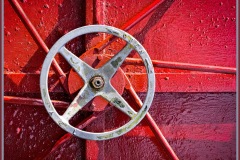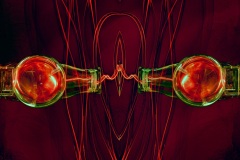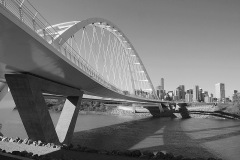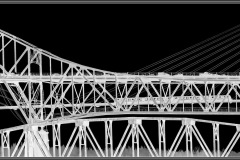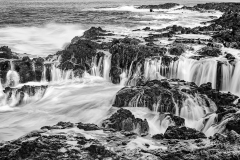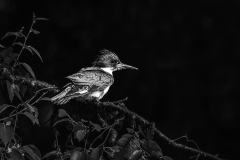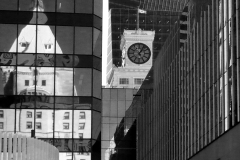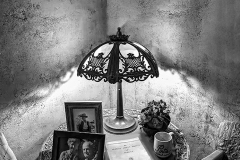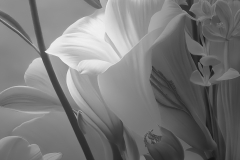Just to let everyone know that I am stepping down from my position as Themes Director for the club.
A couple of reasons but mainly because I think that positions within any club should be transitory. We should open up postitions to allow the opportunity for new people to participate. New people bring new ideas and approaches and that is what will keep organizations fresh.
Also it have been increasingly difficult to integrate the themes schedule into my regular life.
So, thanks for the opportunity to work with the talent we have in the club, it has been a pleasure.
I am sending this out now because I want to make sure that everyone attends the next meeting on May 3. This is the yearly AGM where the new slate of directors will be chosen for the following year. It is important that we get volunteers for the positions vacant.
And now onto the themes ZOOM call from last night. We had just over 20 members on the call and we viewed the 46 photos submitted. As usual I have selected some honourable mentions and the photo of the month. The theme this month was “Things that are Red”
And the honourable mentions are;
Joy Hayes – Converging Energies
Lynne Kelman – Little Red Dress
Norman Orr – Batten the Hatches
Roy Abbott – Red Faced
And the photo of the month is
Llaesa North – Mary
Remind everyone that the current theme is “Abstract” and please have your submissions to me by May 7, I will show them via ZOOM later in May.
Thanks, Mike Strong



